Metaphase I Animation
By: HWC
Date Uploaded: 07/07/2021
Tags: metaphase I maternal chromosomes paternal chromosomes gamete homologous chromosomes Metaphase I ANIMATION
This is a cell during metaphase I. For each pair of chromosomes, any gamete produced by this cell could contain either the maternal chromosome or the paternal chromosome. How many different combinations of maternal and paternal chromosomes are possible in the gametes produced by a cell with three pairs of chromosomes? First, imagine this is the situation in metaphase I. All three maternal chromosomes are attached to the spindle nearer to the lower pole while the three paternal chromosomes are attached to the spindle nearer to the upper pole. In this case. the three paternal chromosomes will migrate in one direction while the three maternal chromosomes will migrate in the other direction. Each gamete will contain either all paternal chromosomes (type 1) or all maternal chromosomes (type 2). Any given chromosome arrangement produces two types of gametes because there are two sets of homologous chromosomes migrating in opposite directions. Each homologous pair aligns randomly with respect to the other homologous pairs so all possible arrangements are equally likely. Here is a second possible arrangement of the chromosomes at metaphase. Homologous pair number 1 has aligned itself so that the maternal chromosome is closer to the upper pole while the paternal chromosome is closer to the lower pole. The situation is reversed for homologous pairs 2 and 3. This arrangement also produces two different types of gametes. Gametes of type 3 are produced by the three upper chromosomes in the cell diagram. Type 3 gametes have maternal chromosome 1 and paternal chromosomes 2 and 3. Gametes of type 4 are produced by the three lower chromosomes in the cell diagram. Type 4 gametes have paternal chromosome 1 and maternal chromosomes 2 and 3. In a third arrangement. the maternal chromosome 3 is inherited with paternal chromosomes 1 and 2. Paternal chromosome 3 is inherited with maternal chromosomes 1 and 2. In a fourth arrangement, maternal chromosomes 1 and 3 are inherited with paternal chromo-some 2, while paternal chromosomes 1 and 3 are inherited with maternal chromosome 2. These are the four possible arrangements with three pairs of homologous chromosomes. The four chromosome arrangements result in 8 types of gametes because each arrangement produces 2 types of gametes. The chromosomes are randomly assorted into gametes and all 8 types are equally likely to occur. Four chromosome arrangements times two gamete types per arrangement equals eight types of gametes.
Add To
You must login to add videos to your playlists.
Advertisement



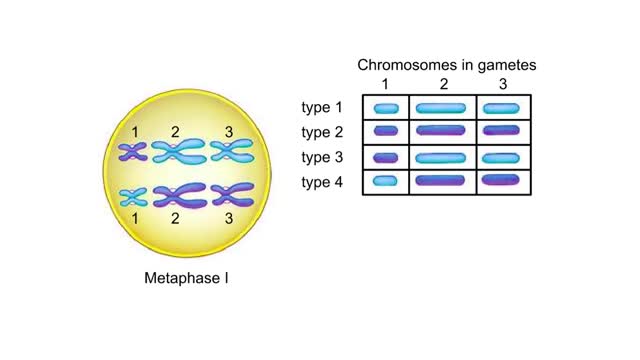
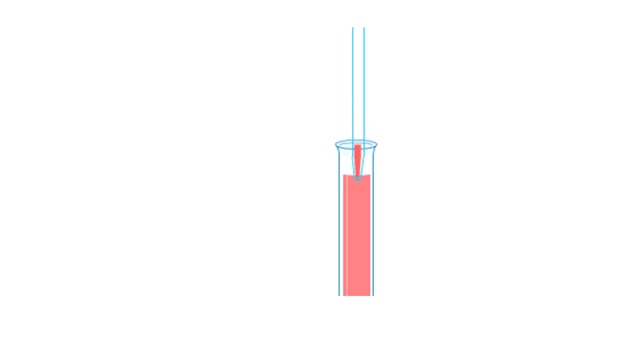
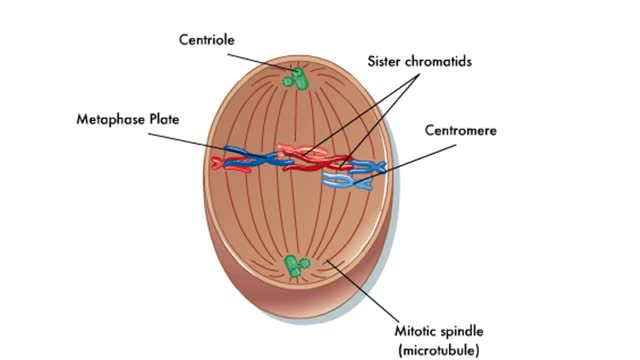
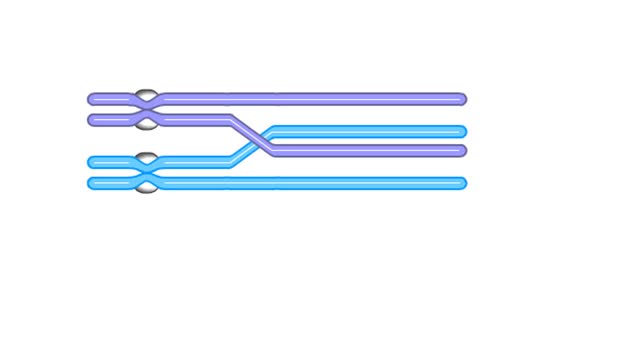
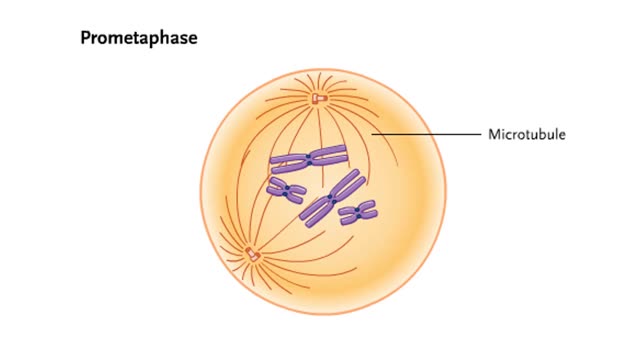
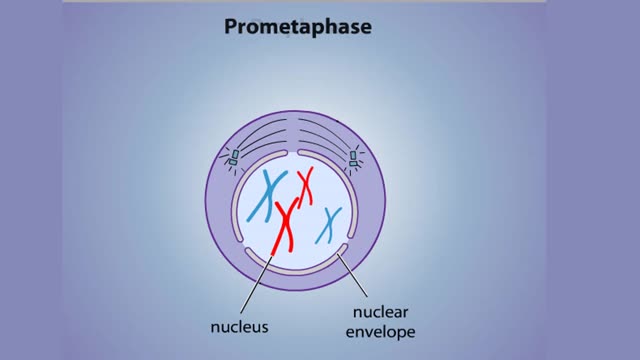
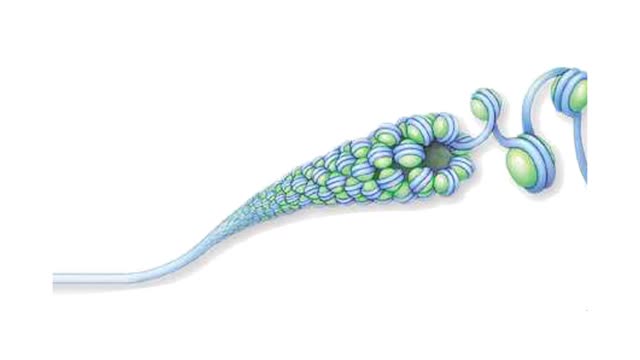

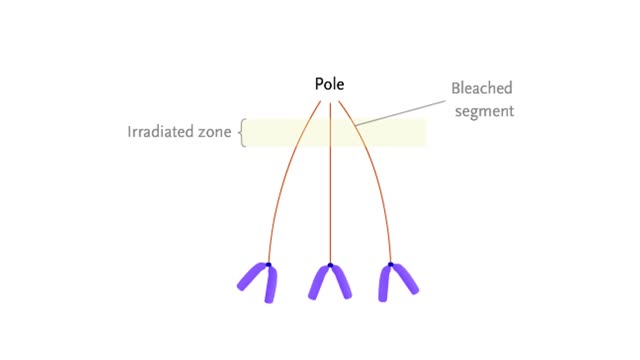
Comments
0 Comments total
Sign In to post comments.
No comments have been posted for this video yet.